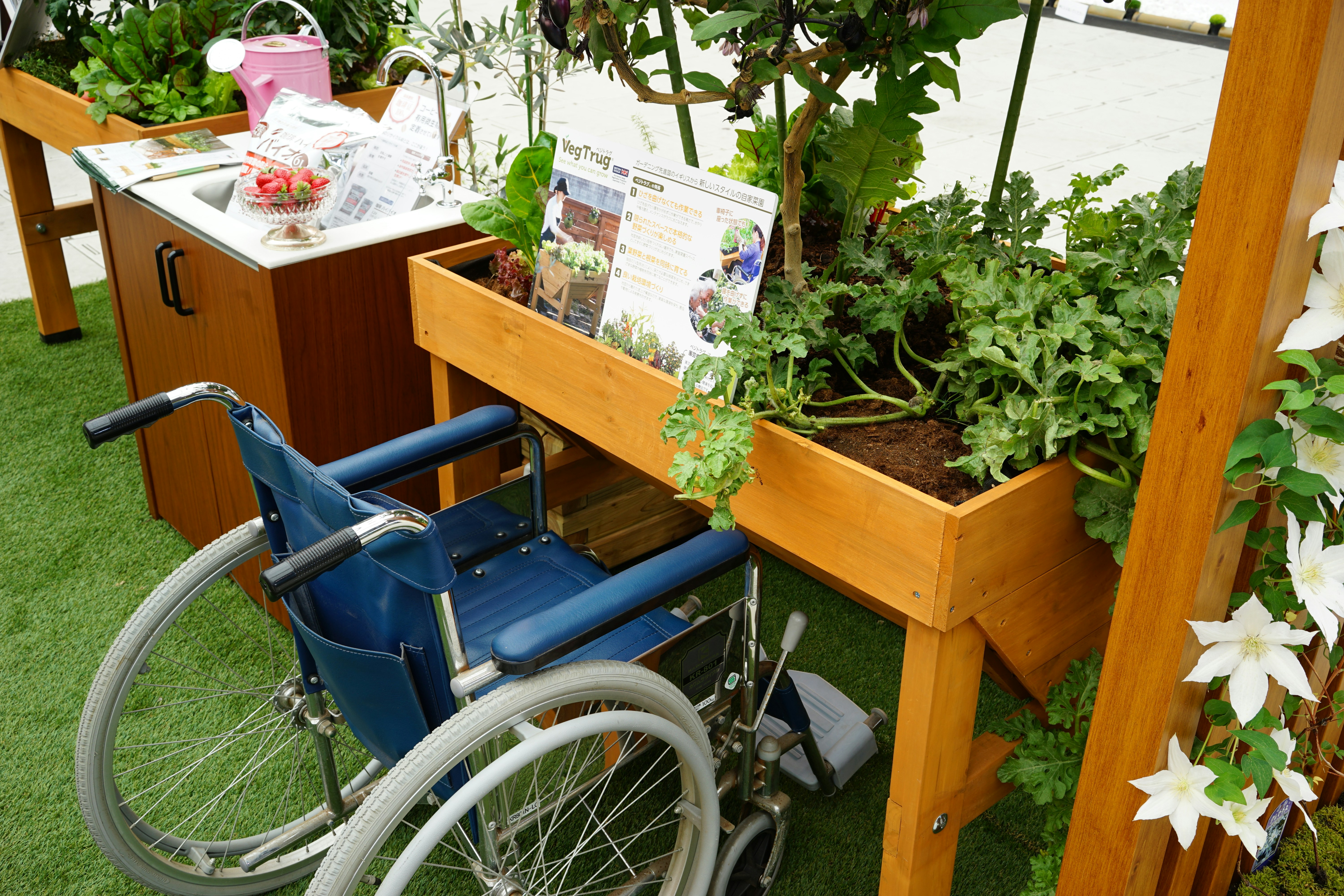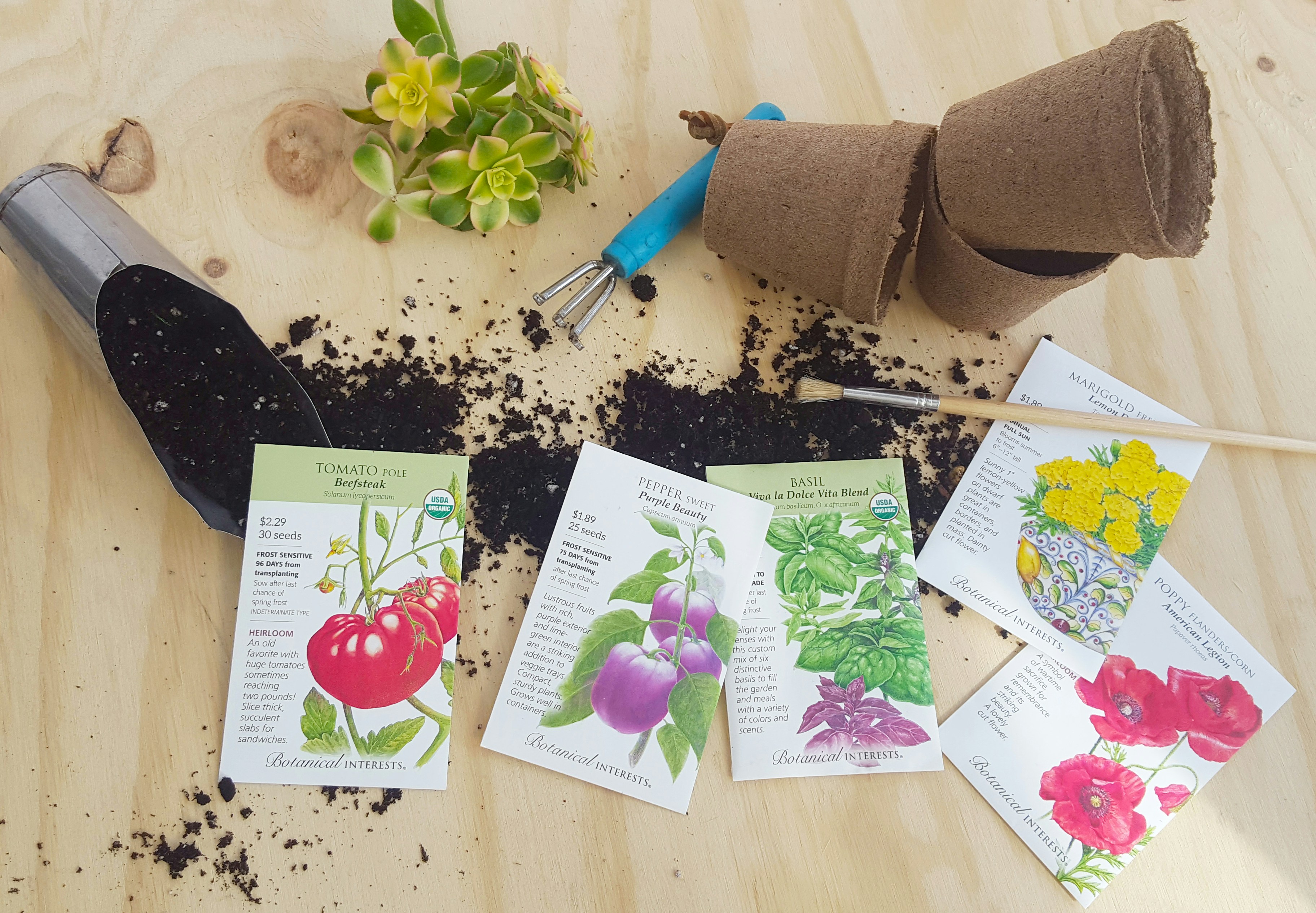What are Raised Garden Beds?
Raised garden beds, a popular method of gardening, refer to soil-filled frames that are elevated above the surrounding ground level. These structures have seen a significant evolution over time, from ancient civilizations employing simple mounds for planting to modern, well-constructed beds made of various materials. The concept of raised gardening has gained traction due to its numerous benefits compared to traditional in-ground gardening methods.
One of the primary advantages of raised beds is enhanced drainage. Elevated beds prevent waterlogged soil, ensuring that plants have the right moisture levels for growth. This characteristic is particularly beneficial in areas with heavy rainfall or poor drainage systems, which can impede the success of traditional gardens. Additionally, raised beds enable gardeners to create optimal soil conditions. Growers can customize the soil mixture, which can lead to improved soil quality for the plants grown, allowing for better nutrient retention and aeration.
Moreover, raised garden beds can significantly reduce pest issues. The height of the beds can deter some pests and make it easier to monitor for any infestations. This advantage simplifies pest management and allows gardeners to employ organic techniques more effectively. Furthermore, the use of barriers or netting can be incorporated with ease to protect crops without the need for conventional pesticides.
When it comes to materials for constructing raised garden beds, various options are available. Common choices include wood, metal, and stone. Wooden frames can be crafted from untreated pine, cedar, or redwood, providing a natural aesthetic. Metal raised beds, often made from corrugated steel, offer durability and a modern look, while stone options provide a classic appearance and longevity. Each choice presents its benefits and considerations, depending on the gardener’s specific needs and environmental conditions.
Benefits of Using Raised Beds
Raised garden beds offer numerous advantages that cater to both novice and seasoned gardeners. One of the primary benefits of raised beds is the enhanced control over soil quality. Because gardeners can customize the soil mix, they can create the ideal growing conditions tailored to specific plant requirements. This ensures that plants receive proper nutrients, which can lead to healthier growth and higher yields.
Accessibility is another significant benefit of raised beds. These structures are often elevated, allowing gardeners with mobility challenges, such as those in wheelchairs or with limited bending abilities, to participate in gardening with greater ease. The height of raised beds can reduce physical strain, making the gardening experience more enjoyable and approachable for people of all abilities.
Furthermore, raised beds typically extend the growing season. The soil within these beds warms up more quickly in the spring and retains heat longer in the fall compared to in-ground gardens. This can lead to an earlier planting time and prolong the harvest, providing an extended window for growing a variety of crops. The improved drainage in raised beds also reduces the risk of waterlogging, ensuring that plants stay healthy throughout the growing season.
In terms of crop yield, studies and anecdotal evidence consistently show that raised beds can lead to better production. The depth of the soil can enhance root development, which allows plants to access water and nutrients more effectively. Additionally, the design of raised beds facilitates better weed management. With the soil elevated, weeds are less likely to infiltrate, reducing the time and effort needed for maintenance. Many gardeners who have transitioned to raised beds report a significant reduction in the labor associated with weeding and maintenance tasks.
Ultimately, the benefits of raised beds make them a compelling option for anyone interested in maximizing their gardening potential.
How to Build a Raised Bed
Building a raised garden bed is a rewarding project that enhances your gardening experience by allowing for better soil quality and easier maintenance. To begin, gather the necessary materials, such as untreated wood (cedar or redwood is recommended for longevity), screws or nails, landscaping fabric, and a hammer or drill for assembly. The tools required include a measuring tape, saw, level, and a square for ensuring precision in your measurements.
Start by determining the optimal size for your raised bed. A typical dimension is 4 feet by 8 feet and about 12 to 24 inches in height. This size provides ample space for plants while allowing easy access from all sides. Once you settle on the dimensions, measure and mark the wood pieces accordingly. Using a saw, cut the wood to the desired lengths, ensuring that all corners will be properly aligned when assembled.
Next, create the frame by laying out your cut pieces and using a square to ensure right angles at the corners. Secure the connections with screws or nails, reinforcing the structure to withstand the weight of soil and plants. Once the frame is assembled, it’s important to place the raised bed in an area that receives adequate sunlight—typically at least 6 hours a day. Consider drainage and ensure the location has good access to water.
Before filling your raised bed with soil, line the bottom with landscaping fabric to prevent weeds while allowing moisture to penetrate. Finally, fill the bed with a suitable mix of topsoil, compost, and other organic materials, which will provide a healthy environment for your plants. By following these steps, your raised garden bed will not only be functional but also a visually appealing addition to your garden space, tailored to your specific gardening needs and preferences.
Planting and Maintaining Your Raised Bed Garden
Creating a successful raised bed garden begins with proper soil selection and preparation. The foundation of any thriving garden is high-quality soil rich in organic matter. A blend of loamy soil, compost, and well-rotted manure is ideal for raised beds, as it provides vital nutrients and improves drainage. Prior to planting, it’s essential to check the pH level of the soil. Most vegetables prefer a slightly acidic to neutral pH range, around 6.0 to 7.0, which can easily be adjusted with amendments like lime or sulfur if necessary.
When it comes to planting techniques, starting with seeds or seedlings is a common choice. Ensure that you observe the optimal spacing for each plant type to promote healthy growth and prevent overcrowding. Additionally, layering taller plants with shorter ones or utilizing vertical gardening tools can maximize space and sunlight exposure. Within a raised bed, consider incorporating companion planting; this technique allows certain plants to enhance each other’s growth while deterring pests. For instance, marigolds are known to repel nematodes, making them an excellent companion for various vegetables.
Ongoing maintenance is crucial for the success of your raised bed garden. Regular watering is necessary, particularly during dry spells, as raised beds may dry out more quickly than traditional gardens. Implementing a drip irrigation system can help maintain consistent moisture levels without overwatering. Seasonal care is also vital; be sure to remove weeds promptly to reduce competition for nutrients. Additionally, practice crop rotation each season to prevent soil depletion and reduce the risk of pest infestations. By alternating plant families each year, you can maintain soil health and enhance overall productivity in your raised beds.



